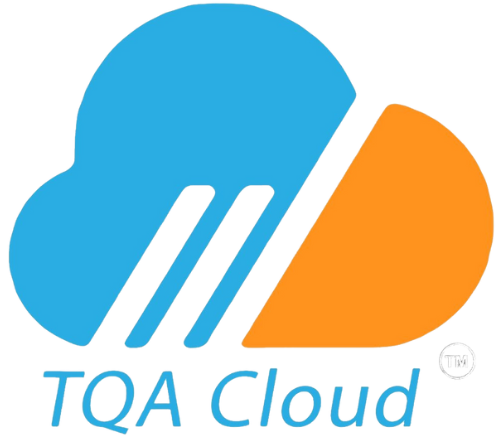Unpacking the Essentials: What is Required for a Robust Quality Management System?
A successful Quality Management System (QMS) is not just a regulatory requirement but a strategic tool that ensures consistency, efficiency, and continual improvement in product or service quality. Any organization aiming for sustained success must comprehend the essential elements of a QMS. Whether you’re a startup venturing into the market or an established firm looking to refine your processes, comprehending the QMS essentials is pivotal.
1. Defining the Scope
A QMS is not a one-size-fits-all solution. Understanding and defining the specific scope, considering factors like organizational goals, customer requirements, and regulatory norms, is the first crucial step. Your QMS should be tailored to align with your unique organizational processes, products, and services.
2. Leadership Involvement
An effective QMS is not a siloed departmental function but a holistic organizational approach. Leadership involvement is pivotal to ensure that the QMS is well-integrated into the organization’s strategic direction and culture.
3. Process Approach
A well-defined process approach ensures seamless transition and functionality of every quality management aspect. Processes must be mapped out, including inputs, outputs, interactions, and control methods to ascertain consistent quality output.
4. Risk Management
A QMS must have mechanisms to identify, assess, and mitigate risks. From operational to financial and compliance risks, systematic risk management ensures sustainability and improves decision-making.
5. Continuous Improvement
Continuous improvement should be embedded into the QMS. Employ methodologies like Plan-Do-Check-Act (PDCA) to ensure that your QMS evolves and adapts to changing internal and external factors.
6. Documentation
Ensuring adequate documentation and record-keeping is non-negotiable for a QMS. This encompasses documenting policies, processes, and procedures and ensuring they are accessible and understood by relevant stakeholders.
7. Customer Focus
A QMS should always align with the voice of the customer. Regularly gauging customer feedback and ensuring that the QMS pivots towards enhancing customer satisfaction is integral.
8. Compliance and Verification
Ensure your QMS is compliant with relevant standards, like ISO 9001, and establish robust internal audit and verification processes to ensure sustained compliance and identify areas for improvement.
9. Employee Competency and Involvement
Investing in training and involving employees at all levels ensures that the QMS is effectively implemented. Employee insights can often spotlight areas for improvement and innovation.
Embarking on a journey to establish or refine a QMS can be intricate and challenging. The requirements go beyond mere documentation to encompass culture, continuous improvement, risk management, and unwavering customer focus.
Our partners at Texas Quality Assurance, understand the complexities and nuances of setting up a QMS that’s not just compliant but also strategically aligned with your organizational goals. Our Fractional Quality Management consultation provides you with expert insights and tailored solutions to navigate through the QMS setup or refinement process. Furthermore, to streamline and simplify your QMS management, our TQA Cloud software comes with a user-friendly interface and robust functionalities, ensuring that your QMS is not just a procedural necessity but a strategic asset driving organizational excellence. Reach out to us and take a confident step toward quality management that promises consistency, compliance, and continual improvement.
